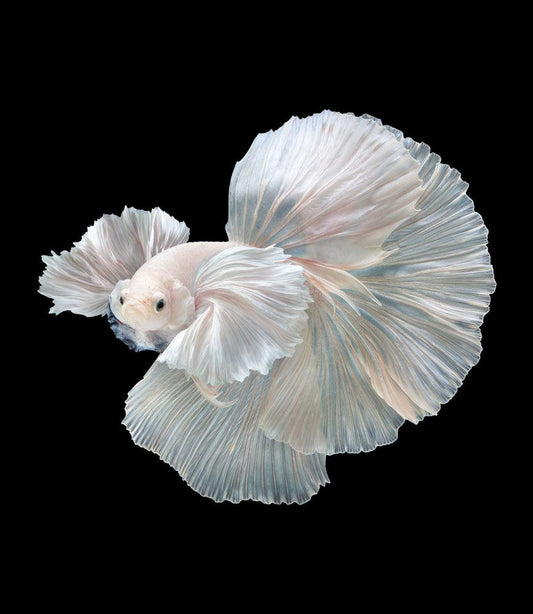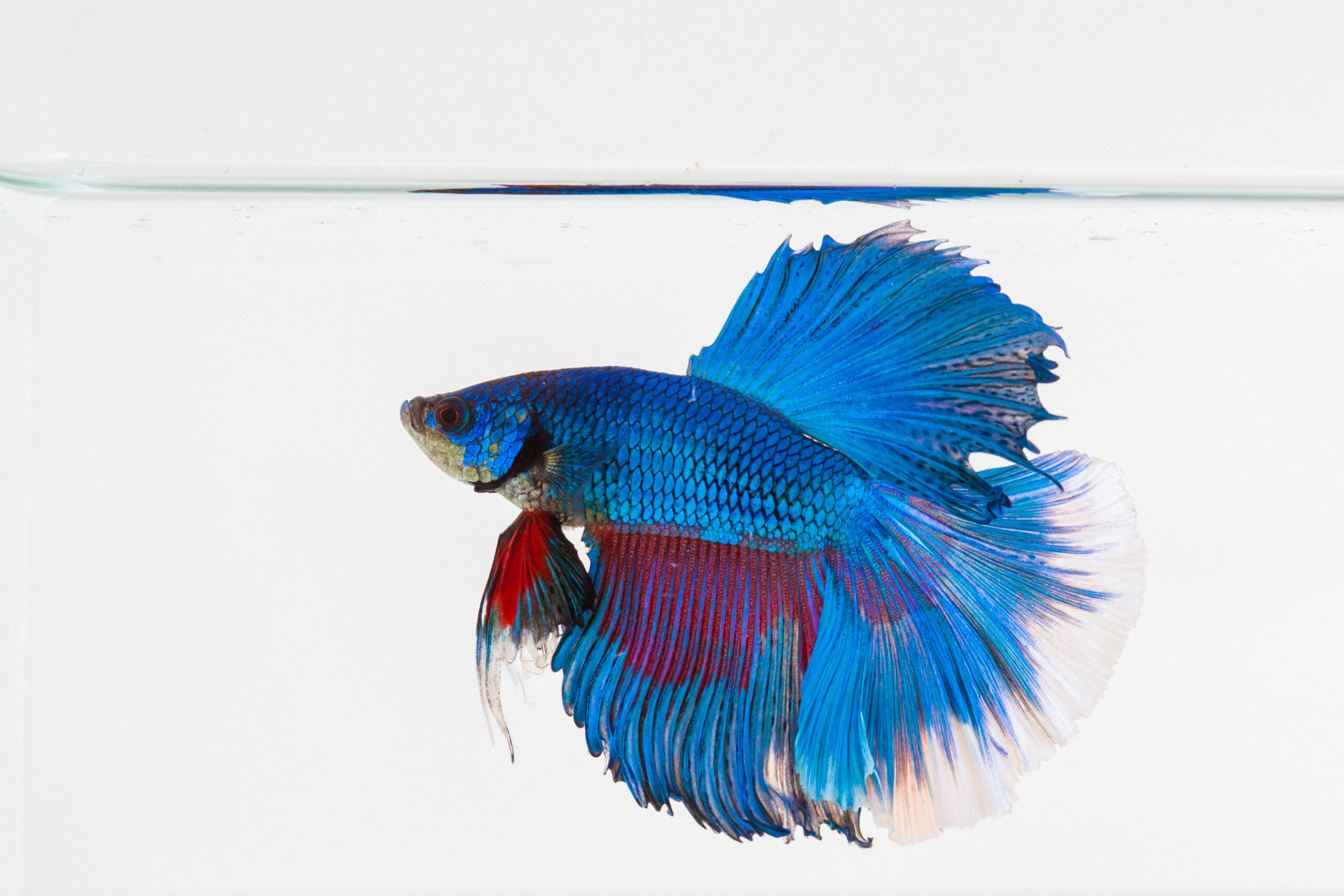Breeding Betta Fish: a Comprehensive Step-By-Step Guide to Effectively Raising Baby Bettas From Eggs to The Adult Years
Breeding Betta fish is a careful endeavor that requires mindful preparation and execution to guarantee the successful advancement of fry from eggs to develop fish. Picking genetically diverse reproduction couple with preferable attributes is just the start; creating an optimal atmosphere and understanding the ins and outs of the reproducing procedure are similarly vital. As the male Betta carefully constructs a bubble nest and guards the priceless eggs, the succeeding phases of care and change demand focus to detail and understanding of finest methods. Exactly how does one browse the difficult yet satisfying path of supporting these lively animals to adulthood?

Selecting Breeding Pairs
When beginning on the journey of breeding Betta fish, choosing the right breeding sets is important to achieving desirable characteristics and a healthy and balanced lineage - betta fish. The initial action in this procedure is to determine the specific qualities you want to boost or maintain, such as shade, fin kind, and physique. It is essential to select genetically varied pairs to prevent inbreeding, which can cause wellness problems and undesirable qualities
Examine potential breeding candidates carefully. A healthy male Betta ought to exhibit vivid shades, an energetic attitude, and well-formed fins, while the female should also show vivid pigmentation and a rounded stubborn belly, showing readiness for spawning. Observing the personality of both fish is important, as aggressive or excessively shy individuals may not reproduce successfully.
Paperwork of family tree is just as vital. Keeping documents of the parent fish's origins can assist you track genetic qualities and prospective problems. Furthermore, seek advice from trusted breeders or on-line sources for guidance on picking compatible sets. Ultimately, investing time in the option procedure will dramatically improve the probability of producing strong, dynamic offspring that satisfy your breeding objectives (betta fish).

Preparing the Breeding Storage Tank
Producing an optimum reproduction atmosphere is a vital step after selecting suitable sets for Betta fish. The breeding storage tank need to be especially developed to provide comfort and stimulate the natural reproduction habits of the fish. Begin with a storage tank dimension of at the very least 10 gallons to ensure sufficient area for both the man and women Bettas.
Preserve a mild purification system to maintain the water clean while staying clear of solid currents that can stress the fish. Furthermore, an air rock can be contributed to supply oxygenation without interrupting the water surface way too much.
Temperature level law is crucial; go for a steady variety of 78-82 ° F(25-28 ° C) utilizing a trustworthy heater. The pH degree need to be kept between 6.5 and 7.5, and routine water modifications are essential to ensure high water top quality.
Integrate floating plants or generating mops to produce hiding places for the lady, while additionally urging bubble nest building by the male - betta fish. Ultimately, guarantee the storage tank is totally free from sharp designs and any prospective dangers, as the welfare of the fish must always be prioritized throughout this crucial phase of breeding.
The Breeding Refine
Generally, the breeding procedure Continue for Betta fish involves a collection of distinctive and evident habits that show readiness for reproduction. The male Betta starts by developing a bubble nest at the water's surface area, which functions as a website for the fed eggs. This nest is critical, as it provides a risk-free setting for the eggs till they hatch.
As soon as the nest is developed, the man will present courtship habits, such as flaring his fins and displaying vibrant colors to bring in the woman. The lady, upon sensing the male's readiness, will certainly respond by displaying vertical red stripes along her body, signifying her receptiveness.
When the female strategies, the male takes part in a breeding dance, typically causing a welcome called the "spawning." Throughout this welcome, the woman releases her eggs, which the male fertilizes promptly. The fed eggs after that fall to the bubble nest, where the male carefully gathers and returns them to the nest. Following this, the male thinks responsibility for guarding the nest and ensuring the safety and security of the eggs till they hatch out, typically within 24-36 hours. This phase is critical in the breeding procedure, laying the foundation for effective fry growth.
Taking Care Of Betta Fry
Caring for Betta fry needs careful interest to their setting and nourishment to ensure healthy development and advancement. After hatching, Betta fry are very little and vulnerable, here demanding a secure and tidy environment.
Feeding Betta fry is similarly crucial. They must be provided infusoria or carefully smashed high-grade fry food, as their mouths are also tiny to manage larger particles. As they expand, you can slowly introduce bigger foods, such as child salt water shrimp or powdered flakes, to guarantee they receive adequate nutrition. Feed them percentages numerous times a day, being mindful not to overfeed, which can cause water high quality problems.
Transitioning to Adult Bettas
As Betta fry fully grown, transitioning them to grown-up Bettas is an essential phase that requires mindful management of their setting and social interactions. This process normally starts when the fry get to around 6 weeks old, whereupon they can be gradually introduced to a much more organized living atmosphere.
To facilitate this transition, it is necessary to ensure that the water specifications-- such as temperature, pH, and ammonia levels-- are optimum and secure. Grown-up Betta fish thrive in cozy water (around 78-80 ° F) with a pH of 6.5 to 7.5. Slowly adapt the fry to these problems to lessen stress and anxiety.
Social communications are another crucial variable; man Bettas are notoriously territorial and aggressive. As a result, it is advisable to different males into individual tanks as they mature. Female Bettas can be housed with each other, but care ought to be taken to monitor for indications of aggressiveness.
Additionally, dietary modifications must be made as the fry grow. Incorporate top quality pellets and live foods to support their growth and health. By taking care of these elements effectively, you can promote an effective shift Full Article to adulthood for your Betta fish.

Final Thought
Successful breeding of Betta fish calls for cautious attention to information throughout the whole procedure, from picking genetically varied sets to providing optimum take care of fry. By making sure ideal breeding problems and maintaining water quality, the possibility of healthy and balanced children increases significantly. Furthermore, a balanced diet plan and gradual adaptation to adult settings are essential for the growth and growth of Betta fish. Following these actions faithfully cultivates a growing population of Betta fish, enhancing both their health and vitality.